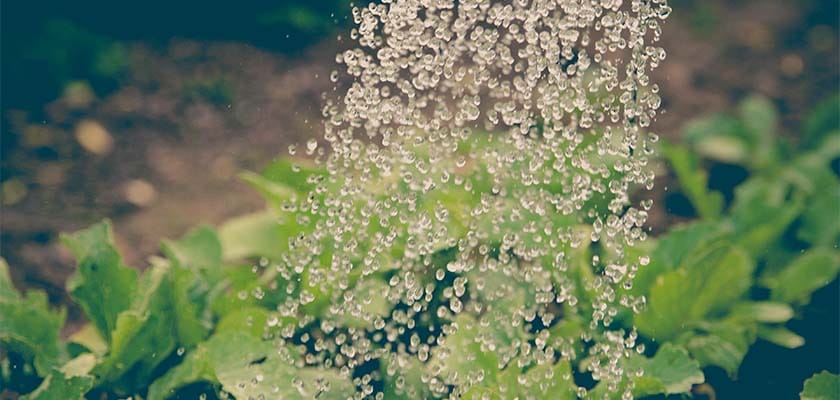
The Importance of Rainwater Collection: A Sustainable Solution for Water Conservation
Water is one of the most precious resources on our planet, yet many regions continue to experience shortages and rising water costs. As climate change impacts rainfall patterns and urbanisation increases demand, it is essential to find sustainable solutions for water conservation. One of the most effective and environmentally friendly ways to achieve this is through rainwater collection.
Understanding Rainwater Collection
Rainwater collection, also known as rainwater harvesting, involves capturing, storing, and utilising rainwater for various purposes. This process has been practiced for centuries, and in modern times, it has become an increasingly viable option for homeowners, businesses, and agricultural operations. By collecting and using rainwater, individuals can reduce their reliance on municipal water supplies, lower utility bills, and contribute to environmental sustainability.
Benefits of Rainwater Collection

1. Reduces Water Bills
One of the primary reasons homeowners and businesses invest in rainwater tanks is to cut down on water expenses. By using harvested rainwater for gardening, flushing toilets, washing clothes, and even drinking (when properly filtered), households can significantly reduce their reliance on mains water. This can lead to substantial savings, particularly in areas where water prices are high.
2. Promotes Water Conservation
As global populations rise and water resources become scarcer, conservation efforts are more crucial than ever. Rainwater collection helps preserve municipal water supplies by providing an alternative source for non-potable and potable uses. Every drop of rainwater that is collected and utilised reduces the strain on rivers, reservoirs, and underground aquifers.
3. Decreases Flooding and Soil Erosion
Heavy rainfall can lead to flooding, soil erosion, and stormwater runoff, which can carry pollutants into local waterways. Rainwater collection systems, such as rainwater tanks and underground storage units, help mitigate these issues by capturing excess rainwater before it reaches drainage systems. This not only prevents flooding but also reduces soil erosion and protects natural ecosystems.
4. Improves Plant and Soil Health
Municipal water often contains chlorine and other chemicals that can affect plant growth and soil composition. Rainwater, on the other hand, is free of these additives, making it a healthier choice for irrigation, in fact, rainwater naturally contains nitrogen which is in a readily and usable form for all plants. Plants thrive when watered with natural rainwater, leading to better growth, higher yields for gardens, and healthier soil.
5. Provides Emergency Water Supply
Having a rainwater tank installed can be incredibly useful in times of drought or emergency situations where the municipal water supply is disrupted by floods, fire and earthquakes. Rainwater can be used for essential purposes such as drinking (with proper filtration), sanitation, and cooking, ensuring that households have access to water when needed the most.
Types of Rainwater Collection Systems
Rainwater collection systems can be customised to suit different needs, budgets, and available space. Below are the most common types of rainwater harvesting setups:
1. Above-Ground Rainwater Tanks
These are the most common rainwater storage solutions, available in various sizes and materials such as polyethylene, steel, or concrete. They are easy to install and maintain, making them ideal for residential, industrial, agriculture and mining use.
2. Underground Rainwater Tanks
For properties with limited space, underground tanks offer an excellent alternative. They provide large storage capacity without occupying visible space. However, they require professional installation, regular maintenance. They are also naturally more expensive due to excavation costs and the tanks are designed to be thicker to withstand the additional surrounding pressure from the surrounding earth.
3. Rain Barrels
A simple and cost-effective option for small-scale water collection, rain barrels are placed beneath gutter downspouts to capture and store rainwater for gardening and outdoor use.
4. Integrated Rainwater Harvesting Systems
Larger properties and businesses often use advanced systems that integrate rainwater collection with filtration, pumping, and distribution mechanisms to supply water for multiple uses, including potable consumption.

Implementing a Rainwater Collection System at Home
Setting up a rainwater collection system is easier than most people think. Here are the essential steps:
- Assess Your Water Needs – Determine how much rainwater you need based on your intended use (e.g., irrigation, household use, or drinking water).
- Choose the Right Storage Tank – Select a tank size and type that fits your property and water demand.
- Install Gutters and Downpipes – Ensure your roof has a proper drainage system to channel rainwater into your storage tank.
- Incorporate a Filtration System – If you plan to use rainwater for drinking, a high-quality filtration and purification system is essential.
- Maintain Your System Regularly – Clean gutters, inspect pipes, and check for leaks to ensure optimal performance.
Rainwater Collection in Adelaide
In South Australia, we live in the driest state in the driest continent in the world and water scarcity is a pressing concern, rainwater collection has become a popular and practical solution. The government even offers incentives and rebates for homeowners who install rainwater tanks. Adelaide, in particular, experiences seasonal rainfall, making it an ideal location for harvesting rainwater.
If you’re considering installing a rainwater tank in Adelaide, choosing a reputable supplier and installer is crucial. Look for professionals who provide high-quality tanks, expert installation, and ensure compliance with local regulations and SA Water.
Conclusion
Rainwater collection is an effective way to conserve water, reduce costs, and contribute to environmental sustainability. Whether you are a homeowner, business owner, or farmer, investing in a rainwater tank can provide long-term benefits for both your wallet and the planet. By taking proactive steps towards water conservation, we can ensure a sustainable future for generations to come.
Are you ready to make the switch to rainwater collection? Contact Eco Building Supplies today for expert advice, high-quality rainwater tanks, and professional installation services in Adelaide!





